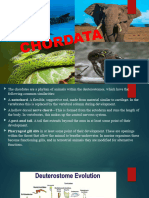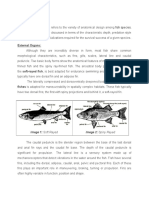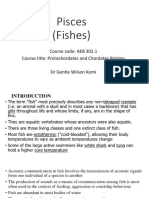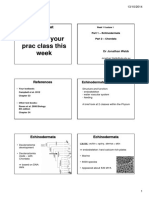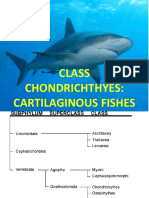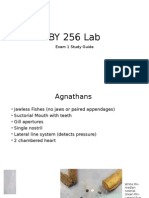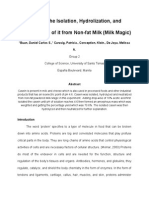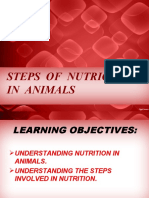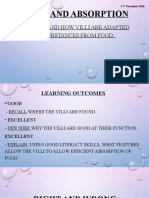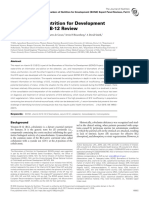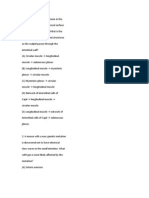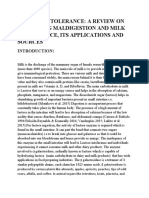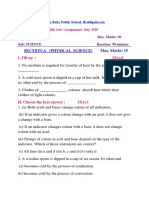0% found this document useful (0 votes)
39 views12 pagesFishes Notes
The document provides an overview of the biology of fishes, detailing their general characteristics, including their aquatic nature, body structure, and respiratory systems. It specifically highlights the unique features of lungfish (Dipnoi) and the spiny dogfish (Scoliodon), including their adaptations for survival in aquatic environments. Additionally, it describes the digestive and respiratory systems of Scoliodon, as well as the structure and function of its heart.
Uploaded by
harish0070Copyright
© © All Rights Reserved
We take content rights seriously. If you suspect this is your content, claim it here.
Available Formats
Download as PDF, TXT or read online on Scribd
0% found this document useful (0 votes)
39 views12 pagesFishes Notes
The document provides an overview of the biology of fishes, detailing their general characteristics, including their aquatic nature, body structure, and respiratory systems. It specifically highlights the unique features of lungfish (Dipnoi) and the spiny dogfish (Scoliodon), including their adaptations for survival in aquatic environments. Additionally, it describes the digestive and respiratory systems of Scoliodon, as well as the structure and function of its heart.
Uploaded by
harish0070Copyright
© © All Rights Reserved
We take content rights seriously. If you suspect this is your content, claim it here.
Available Formats
Download as PDF, TXT or read online on Scribd
/ 12







